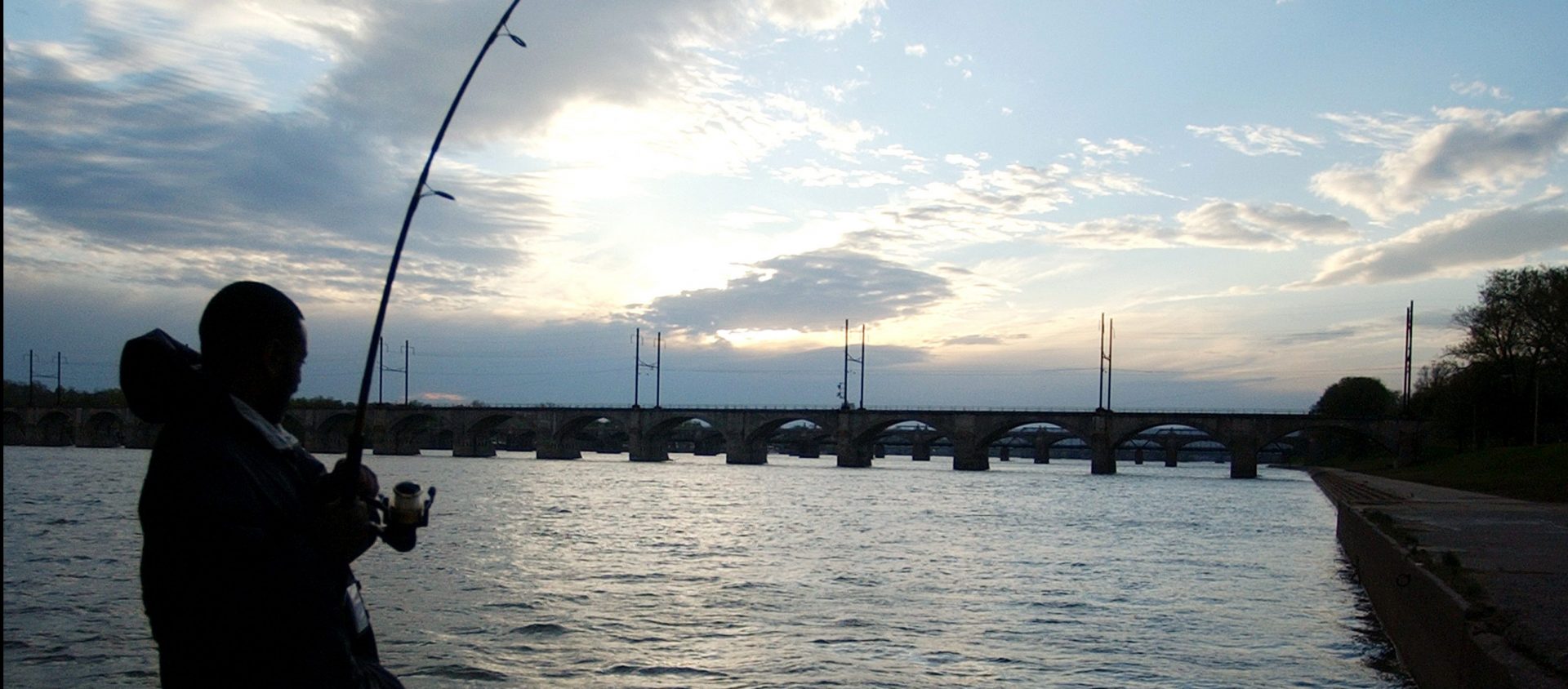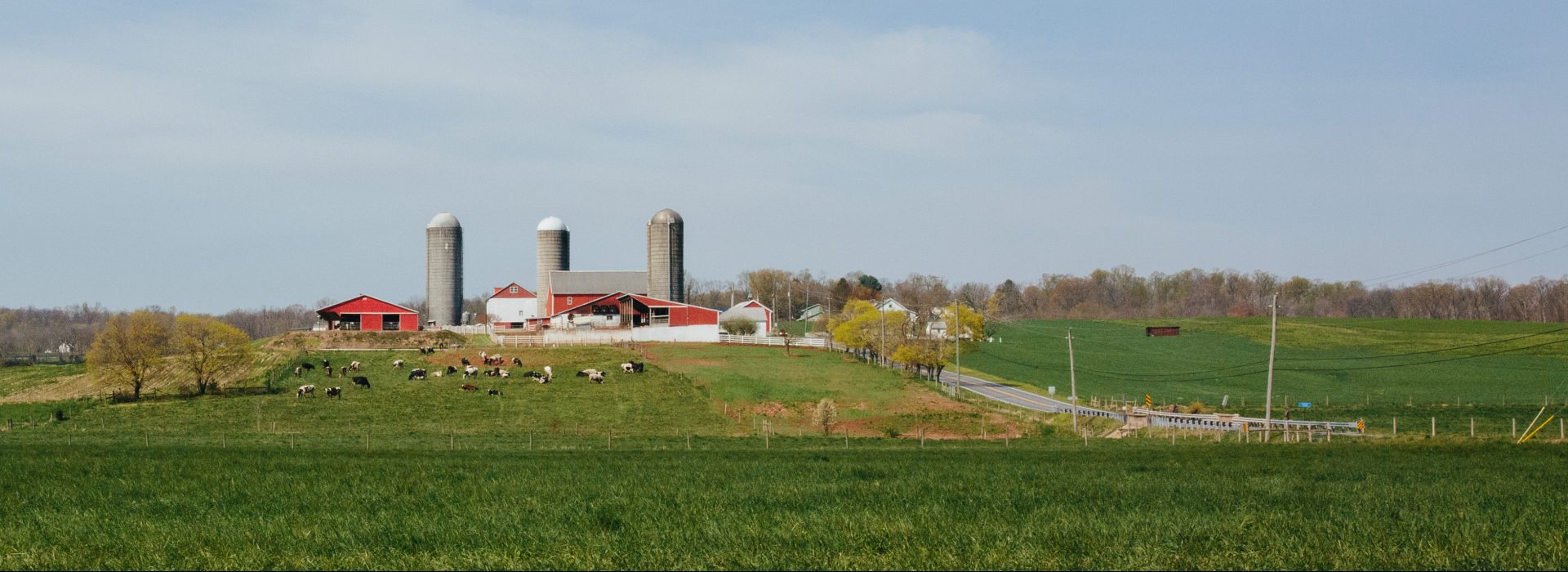
A fisherman along the banks of the Susquehanna River. Two senior state environmental officials say there is no link between gas drilling and problems with the river's smallmouth bass population.
AP Photo/Carolyn Kaster

A fisherman along the banks of the Susquehanna River. Two senior state environmental officials say there is no link between gas drilling and problems with the river's smallmouth bass population.
AP Photo/Carolyn Kaster

AP Photo/Carolyn Kaster
A fisherman along the banks of the Susquehanna River. Two senior state environmental officials say there is no link between gas drilling and problems with the river's smallmouth bass population.
(Annapolis, Md.) — The Chesapeake Bay Foundation says the health of the nation’s largest estuary is continuing to improve. But it says Pennsylvania still isn’t doing enough to reduce the amount of pollution that’s flowing into the bay from the state.
The Maryland-based nonprofit released a report on Thursday that assesses the progress of a blueprint that aims to reduce pollution flowing into the Chesapeake by 2025.
States in the bay’s watershed are required to cut phosphorous, nitrogen and sediment pollution, which comes from sewage treatment plants and runoff from farms and cities. The pollutants have led to algae blooms and oxygen dead zones that curtail the bay’s animal and plant life.

Kate Landis / WITF
A farm in Lancaster County.
CBF said that Maryland and Virginia are on currently on track in reducing the pollution, although both must accelerate reductions in runoffs from farms and suburban areas.
Pennsylvania is not on track in lowering nitrogen pollution, which comes from manure and fertilizers that flow off farms, the foundation said.
The foundation said that many farms require financial assistance to implement best practices for reducing runoff. But it said that Pennsylvania lawmakers must establish a dedicated cost-sharing program to help farmers.
The state said in a statement on Thursday that its Department of Environmental Protection launched two programs in July that provide $3.7 million to help farmers carryout best practices that will improve the bay’s health.
“Our goal is healthy waters, healthy farms,” DEP Secretary Patrick McDonnell said.
The Susquehanna River is the bay’s largest tributary

A collection of interviews, photos, and music videos, featuring local musicians who have stopped by the WITF performance studio to share a little discussion and sound. Produced by WITF’s Joe Ulrich.
The days of journalism’s one-way street of simply producing stories for the public have long been over. Now, it’s time to find better ways to interact with you and ensure we meet your high standards of what a credible media organization should be.